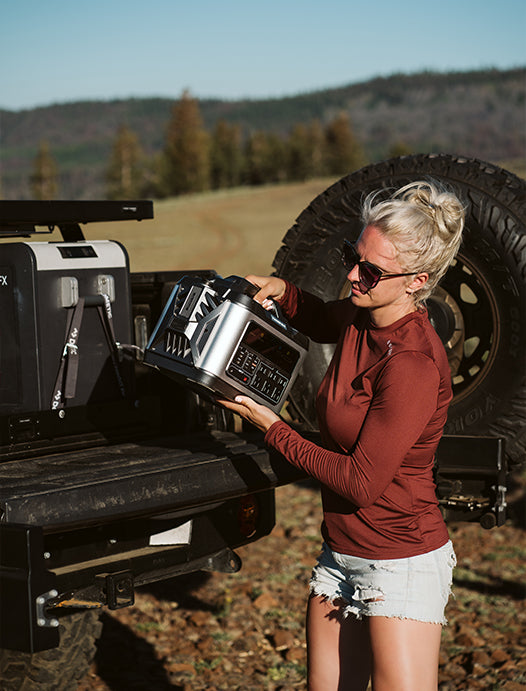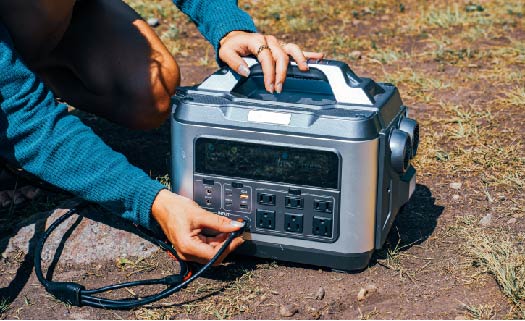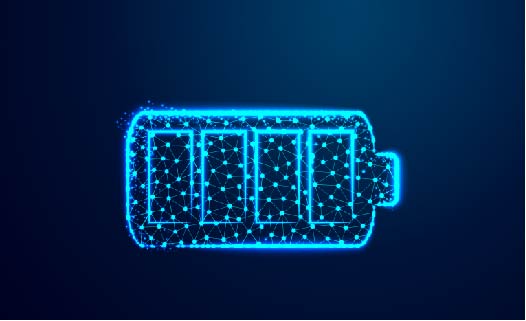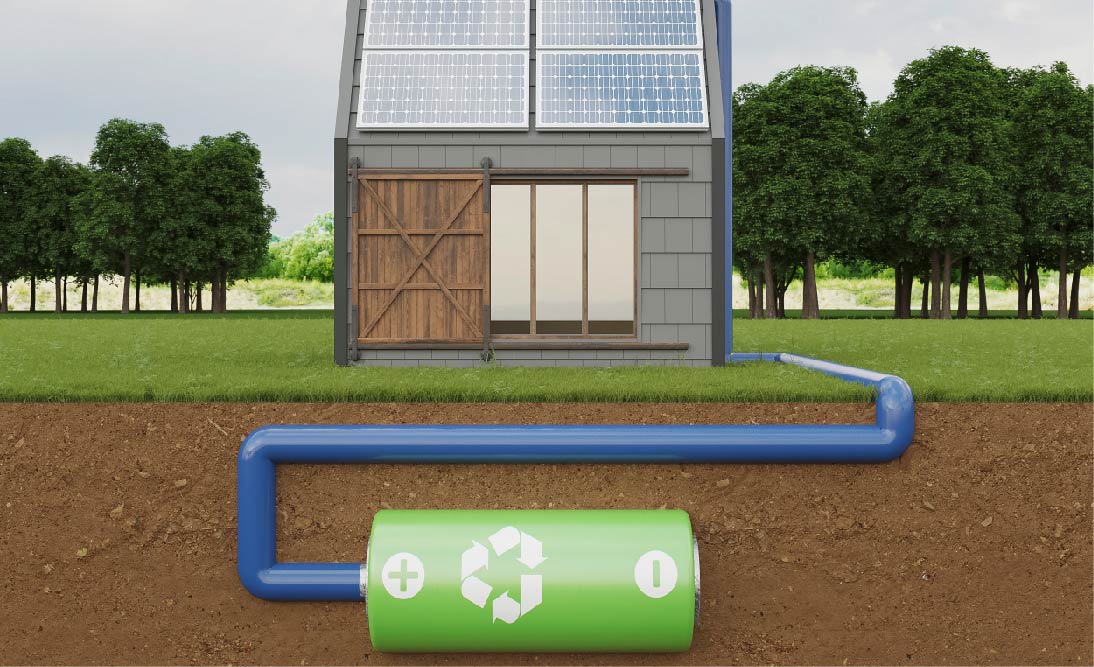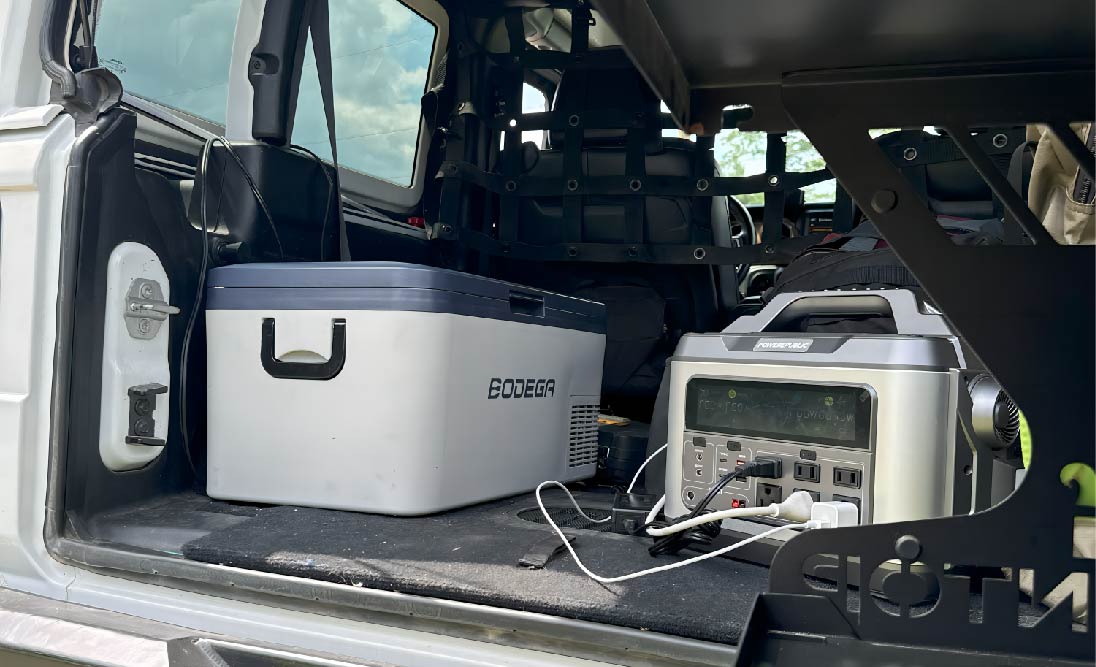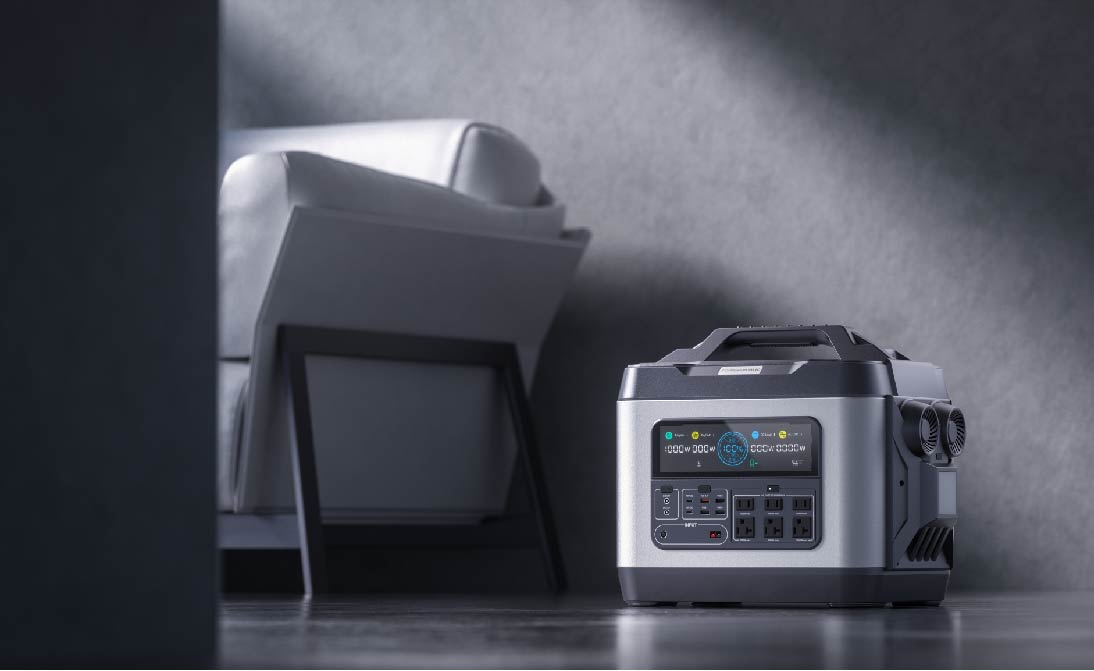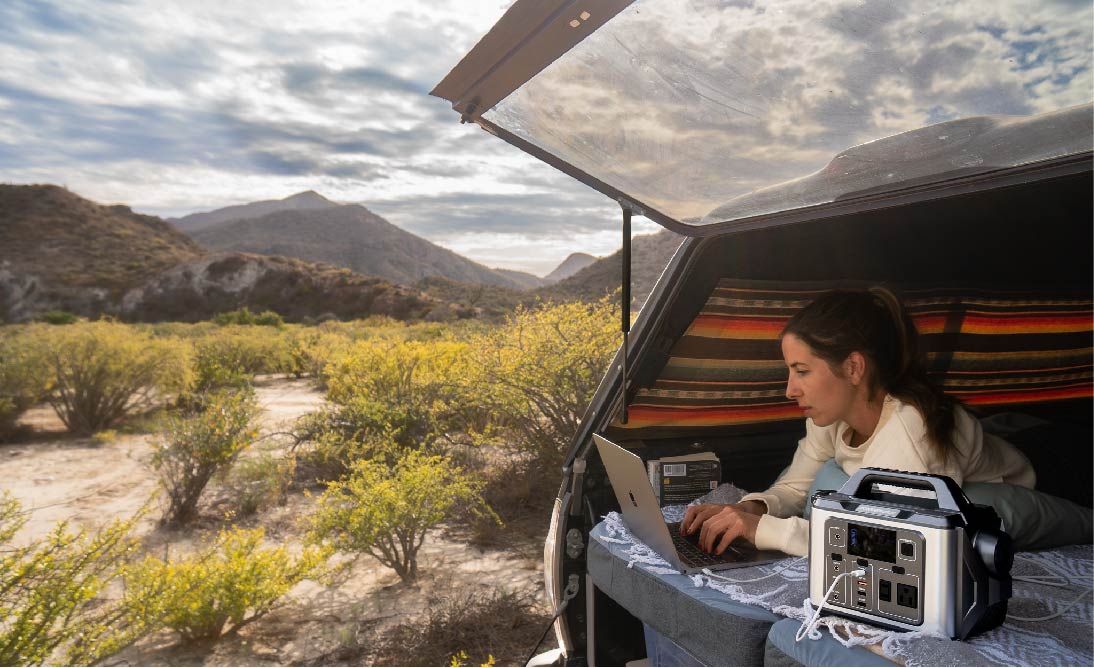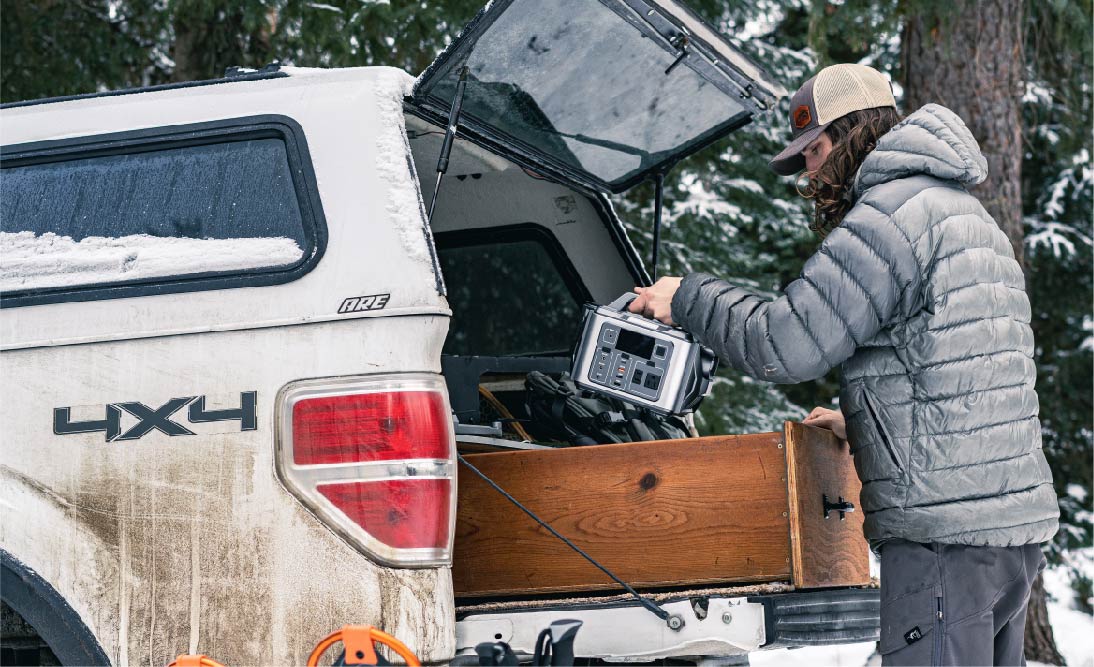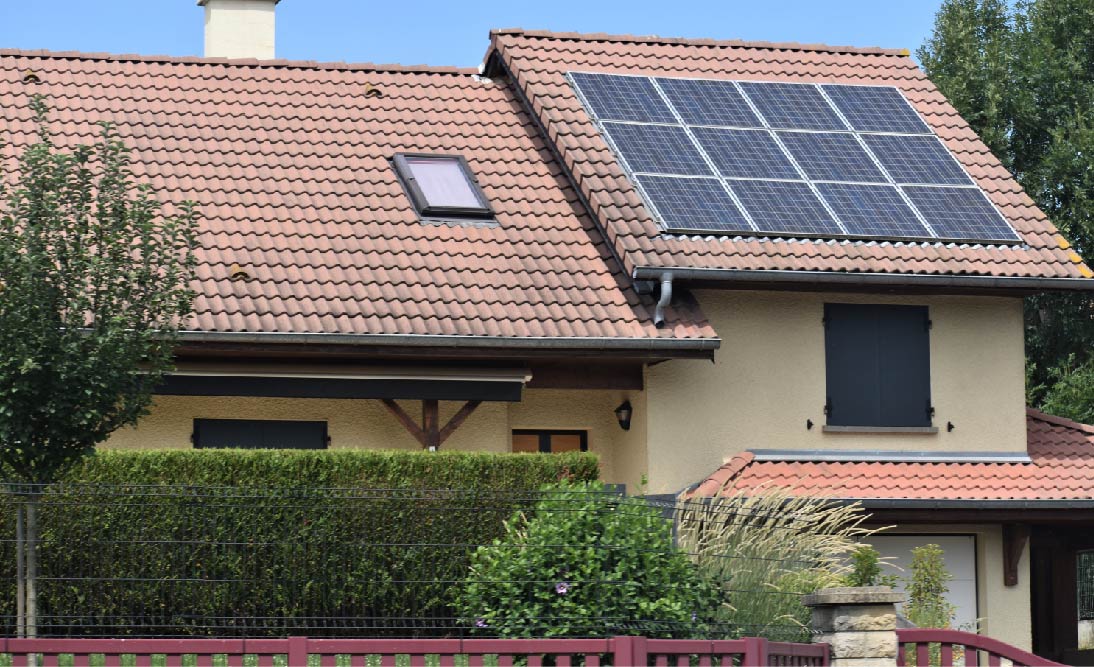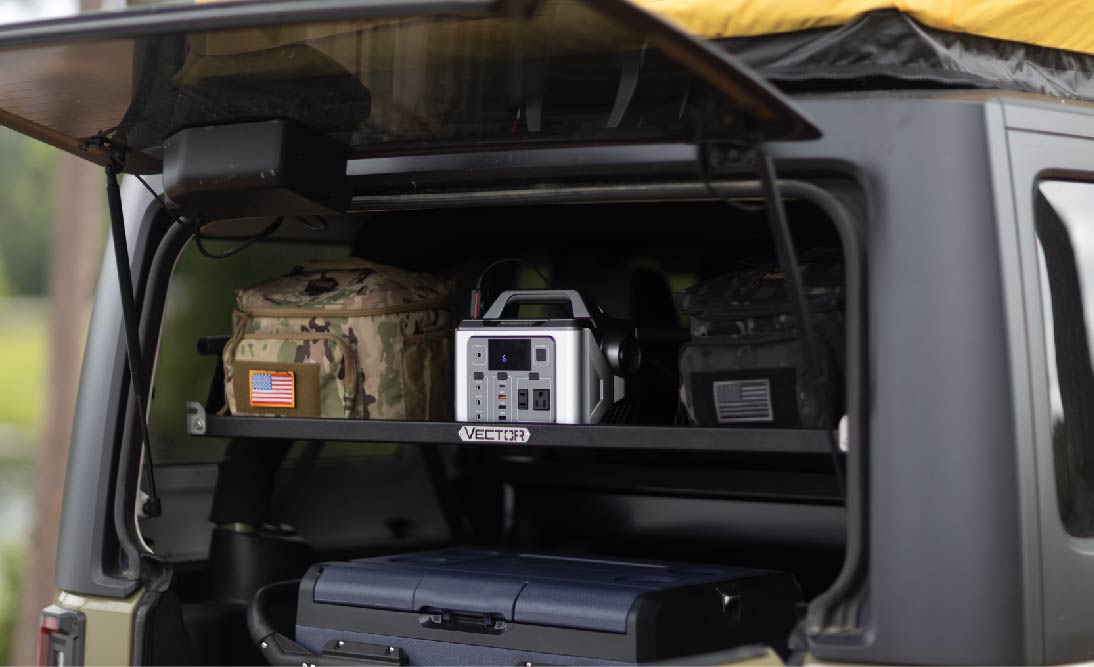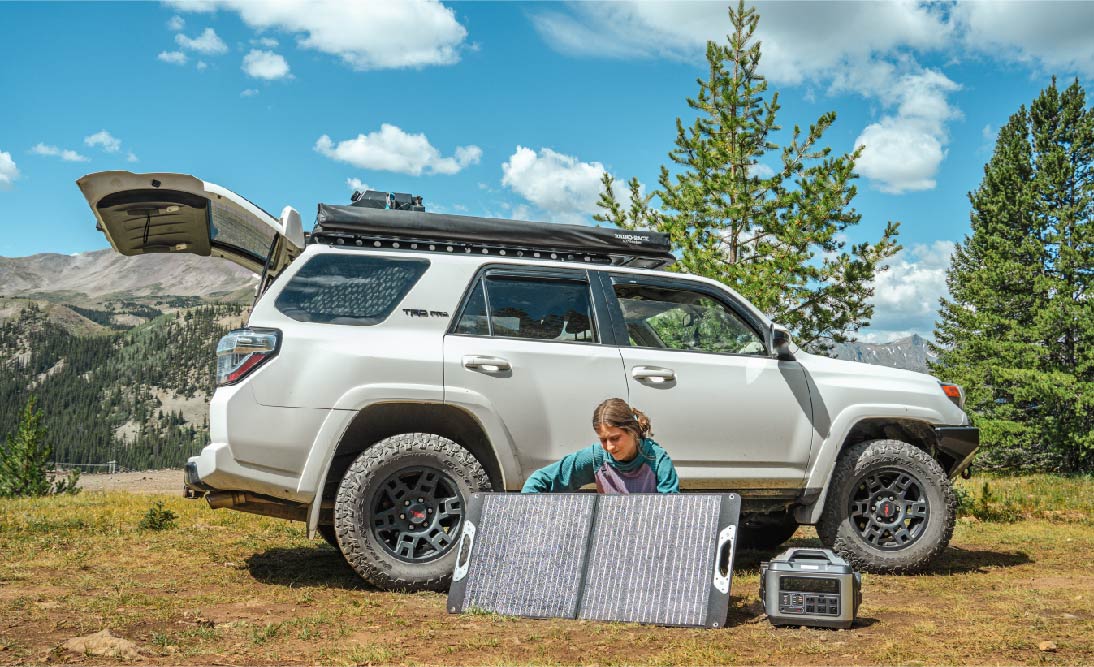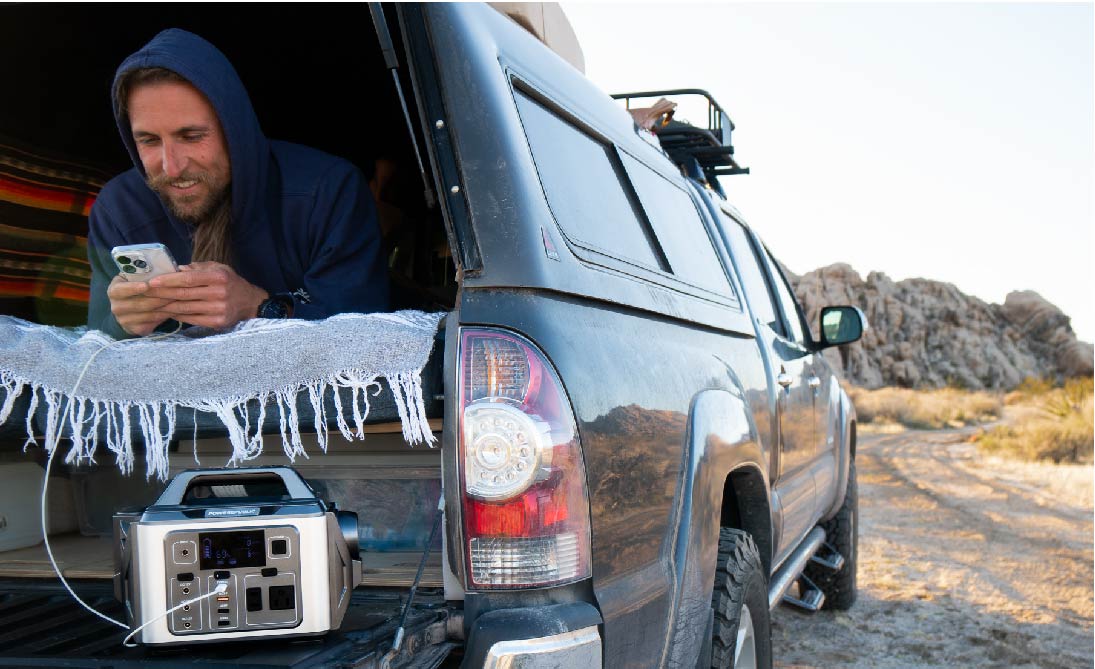Table Of Contents:
In our previous article, we gave a brief guide to what an indoor generator is, the types of indoor generators, how they operate, and the pros and cons of indoor generators.
Here, we are going to focus on the most frequently asked questions: How to choose the best indoor generators for your apartment, condo, and house? Along with that, we are also going to provide you with factors to consider to help you select the best indoor generator and make the most out of your investment.
The Growing Need for Emergency Power

In today's world, where natural disasters and our reliance on electricity are both on the rise, the importance of having a dependable source of emergency power cannot be overstated. Over the past decade, power outages have become more frequent, affecting both urban and rural areas.
One major reason is the rapid growth of our cities and infrastructure. This growth has significantly strained our aging electrical systems, which are struggling to keep up with the increasing demand. Additionally, our dependence on electrical devices and appliances has made these outdated systems even more vulnerable, highlighting the urgent need for updates.
Extreme weather conditions, such as storms and other severe events, further compound the problem. It's crucial to understand that these outages are not solely a result of adverse weather but rather an indication of the longstanding weaknesses within our electrical systems.
The constant need for electricity in our daily lives has prompted individuals living in apartments, condos, and houses to explore the idea of acquiring indoor generators for emergencies. These generators serve as a lifeline during prolonged power outages, providing essential support during critical situations.
Therefore, choosing the right indoor generator is of paramount importance, as it can serve as a reliable backup during power disruptions, ensuring the continuity of essential services in our homes.
Factors To Consider Before Purchasing an Indoor Generator for an Apartment

Choosing the ideal indoor generator for your condo or house is not an easy task. It's not just about having a sufficient budget, you also need to evaluate every aspect of your needs to find the perfect one. We want to provide you with as many factors as possible, so you can take your time to carefully and deliberately consider your options. Let's take a look at these factors.
1. Power Output
-
Assess your power needs by making a list of essential appliances and devices you'd want to run during an outage. This may include lights, refrigerators, heating or cooling equipment, medical devices, or communication tools.
-
Calculate the combined wattage of these items to determine the minimum power output required from the generator. Ensure the generator's capacity can comfortably accommodate this load.
2. Battery Capacity
-
Battery capacity is vital for battery-operated indoor generators. It determines how much energy can be stored and used during an outage.
-
Consider your power requirements and the duration for which you might need backup power. A higher battery capacity ensures longer run times.
3. Size and Portability
-
In an apartment, space is often limited, so the physical dimensions of the generator matter. Measure the available storage space and choose a model that fits without crowding the area.
-
Consider the weight and ease of mobility. Some indoor generators come with wheels or handles for effortless movement.
4. Noise Level
-
Indoor generators are favored for their quiet operation, but noise levels can still vary. Check the decibel (dB) rating, aiming for a model that operates at a sound level compatible with your living space. Quieter generators typically fall in the 50-65 dB range.
5. Fuel Type
-
Indoor generators typically come in two primary types: battery-operated and fuel-powered. Battery-operated models are environmentally friendly and don't emit fumes, making them suitable for indoor use.
-
Fuel-powered generators run on gasoline, propane, or natural gas, and they require proper ventilation when used indoors. Consider your preference for fuel type and the availability of the chosen fuel.
6. Run Time
-
Evaluate the generator's run time on a single charge or tank of fuel. Some models can provide power for several hours, while others can last for days. Choose a generator with a run time that aligns with your needs during potential outages.
7. Charging Options
-
Understand how the generator can be recharged. Some models offer multiple charging methods, such as traditional wall outlets, solar panels, or car chargers. This flexibility can be invaluable during prolonged power outages or emergencies.
8. Safety Features
-
Safety is paramount when selecting an indoor generator. Look for models equipped with safety features like overload protection to prevent damage to the generator and connected devices.
-
Low-oil shutoff is crucial for fuel-powered generators, as it prevents engine damage due to oil depletion. Surge protection safeguards your appliances from voltage spikes when the generator starts.
9. Budget
-
Define your budget range for the indoor generator purchase. Be realistic about the features and capacity you can obtain within your budget. While it's important to find value for your investment, avoid overspending on unnecessary features.
10. Warranty and Customer Support
-
Check the warranty offered by the manufacturer, as this can provide peace of mind regarding potential defects or malfunctions.
-
Investigate the quality of customer support provided by the manufacturer or retailer. In case of any issues, having reliable customer assistance can save you from prolonged inconveniences.
11. Reviews and Recommendations
-
Research user reviews and seek recommendations from trusted sources such as consumer reports, product review websites, or feedback from friends and family who have experience with indoor generators. This can help you gain insights into real-world performance and user satisfaction.
12. Maintenance Needs
-
Understand the maintenance requirements of the generator you are considering. Battery-operated generators typically require less maintenance compared to fuel-powered ones, which may need regular oil changes and inspections.
-
Consider the long-term maintenance costs and availability of maintenance services in your area.
By delving into these details, you can make a well-informed decision when selecting an indoor generator that perfectly suits your apartment's needs and ensures reliable power during emergencies.
How To Select the Best Indoor Generator?

From the above, we know that there are quite a few factors to consider before buying an indoor generator for your apartment and house. But to be honest with you, when it comes to real life, the three most important factors that affect your choices would be: budget, power output, and battery capacity.
1. Budget Evaluation
-
Determine your budget by assessing how much you are willing to invest in an indoor generator. The budget should include the cost of the generator itself and any additional accessories or installation expenses.
-
Research the price range of indoor generators. They can vary widely, with basic models starting at around $500 and more advanced units with higher capacity and features exceeding $2,000. Ensure your budget aligns with the price range that matches your specific needs.
-
Remember that investing in a reliable indoor generator is an investment in your peace of mind during power outages. Allocate a reasonable budget that ensures your essential needs are met.
2. Power Output Assessment
-
Calculate your power needs by creating a comprehensive list of essential appliances and devices you intend to power during an outage. This list may include lights, refrigerators, heating or cooling systems, medical equipment, and communication devices.
-
Assign a wattage value to each item. For instance, LED lights may consume around 10-15 watts each, while a refrigerator may require approximately 100-800 watts, depending on its size and efficiency.
-
Add up the wattage of all these items to estimate the total power output required from the generator. For example, if you have LED lights (4 x 15W = 60W), a refrigerator (800W), a laptop (60W), and a fan (50W), the total wattage is 60W + 800W + 60W + 50W = 970W.
3. Battery Capacity Estimation
-
Battery capacity is a critical factor for battery-operated indoor generators, as it determines how long your devices can run during a power outage.
-
Estimate your power needs in watt-hours (Wh) by multiplying the combined wattage from the previous step by the expected duration of an outage. Let's assume you need power for 4 hours.
-
Using the example total wattage of 970W and a 4-hour outage, the estimated battery capacity required is 970W * 4 hours = 3,880Wh or 3.88kWh.
By evaluating your budget, power output, and battery capacity you can make an informed decision and select the best indoor generator to meet your specific needs while ensuring reliability and peace of mind during power outages.
Best Indoor Generators for Apartments

Here, best doesn’t mean lighter or cheaper. Instead, it stands for whether the chosen indoor generator can handle all your power needs during power outages. POWEREPUBLIC offers durable and reliable solar generator kits that can be used during unexpected power outages. To help you better compare and understand, we will make a table for you.
|
Model |
Specs |
Appliances & Working Time(Est.) |
|
Power Output: 2200W, Surge 4500W Battery Capacity: 2240Wh Battery Type: LiFePO4 with 3000+ cycles to 80% Weight: 64 Ibs/28Kg Dimension: 18.3*11.8*12.2 inch Output: 15 output ports Solar Input: 220W Max. |
LED Light Bulb(5W): 380hrs Ceiling Fan(75W): 25.5hrs Microwave Oven(1,000W): 2hrs Refrigerator(100-800W): 2hrs Laptop Computer(30-90W): 21hrs Air Conditioner(1,000-5,000W): 0.5 - 2hrs Washing Machine(350-500W): 3 - 5hrs Dishwasher(1,200-1,500W): 1 - 1.5hrs Toaster(800-1,500W): 1 - 2hrs Hair Dryer(1,200-1,875W): 0.5 - 1.5hrs CPAP: (30 - 70W): 27 - 63hrs |
|
|
Power Output: 3000W, Surge 6000W Battery Capacity: 3200Wh Battery Type: LiFePO4 with 3000+ cycles to 80% Weight: 88 Ibs/39Kg Dimension: 18.3*11.8*14.5 inch Output: 15 output ports Solar Input: 220W Max. |
LED Light Bulb(5W): 544hrs Ceiling Fan(75W): 36hrs Microwave Oven(1,000W): 2.5hrs Refrigerator(100-800W): 3.4hrs Laptop Computer(30-90W): 30hrs Air Conditioner(1,000-5,000W): 0.5 - 2.5hrs Washing Machine(350-500W): 5 - 7.5hrs Dishwasher(1,200-1,500W): 2 - 2.5hrs Toaster(800-1,500W): 1 - 3hrs Hair Dryer(1,200-1,875W): 1 - 2.5hrs CPAP: (30 - 70W): 38 - 90hrs |
Please note that: The actual working time may vary due to the weather conditions, whether the appliances and devices are efficient, and whether you want to power 2 or more items at one time.
If you want to know how we estimate the working time, consider the formula below:
Time(hrs)= Capacity of the battery(Wh) * 0.85(conversion rate) / Total wattage of your items(W)
Final Thoughts
In conclusion, the growing need for emergency power in a world with increasing natural disasters and electricity dependence cannot be ignored. Choosing the right indoor generator for your apartment is a significant decision that involves considering various factors, such as power output, battery capacity, size, and safety features. These factors ensure you have a reliable source of backup power when you need it most.
Budget, power output, and battery capacity are the most critical factors when selecting the best indoor generator. Evaluate your budget realistically, calculate your power needs, and estimate battery capacity to make an informed decision. POWEREPUBLIC offers robust and reliable solar generator kits, like the T2200 and T3000, providing the necessary power output and battery capacity for a range of appliances.
Remember that actual working times may vary based on weather conditions and the efficiency of devices. By evaluating these factors, you can confidently select an indoor generator that suits your specific needs, offering peace of mind during power outages. Be prepared for any situation with a reliable source of backup power.
